Have you ever wondered what it would be like to explore an abandoned fishing village? Then Houtouwan, a former fishing village off the east coast of China, is worth a visit. Located on Shengsi Islands, Houtouwan was once an active fishing community until the villagers left in the 1990s. Nowadays, this ghost town is covered in lush greenery and forgotten buildings that tell the story of those who once called this place home. Read on to learn more about this remarkable destination and why it’s become such an iconic attraction.
The origins of Houtouwan can be traced back to the 1980s when fishermen started settling on Shengshan Island. The area quickly grew into a vibrant fishing community with a population of over 2,000 people. But all that changed in the early 1990s when most of its inhabitants left for greener pastures, leaving behind their homes and lives in search of better opportunities elsewhere.
Today, Houtouwan has become a popular tourist destination due to its unique beauty and atmosphere. With no one living in the village anymore, it’s been taken over by nature with lush foliage growing over old buildings and cobbled streets. Despite its abandonment, visitors are still drawn to this isolated spot as they explore its unique history and uncover stories from times gone by.
The isolation of Houtouwan has led to many of its structures being perfectly preserved despite the passage of time. This makes it a great spot for photographers looking to capture breathtaking shots of the surrounding landscape or explore what life was like in this once bustling fishing village. There’s also plenty of wildlife in and around Houtouwan, including migratory birds that come each year to nest on the island’s cliffs and other wildlife such as foxes, rabbits and even deer at times. All of these things make Houtouwan an unforgettable place to visit.
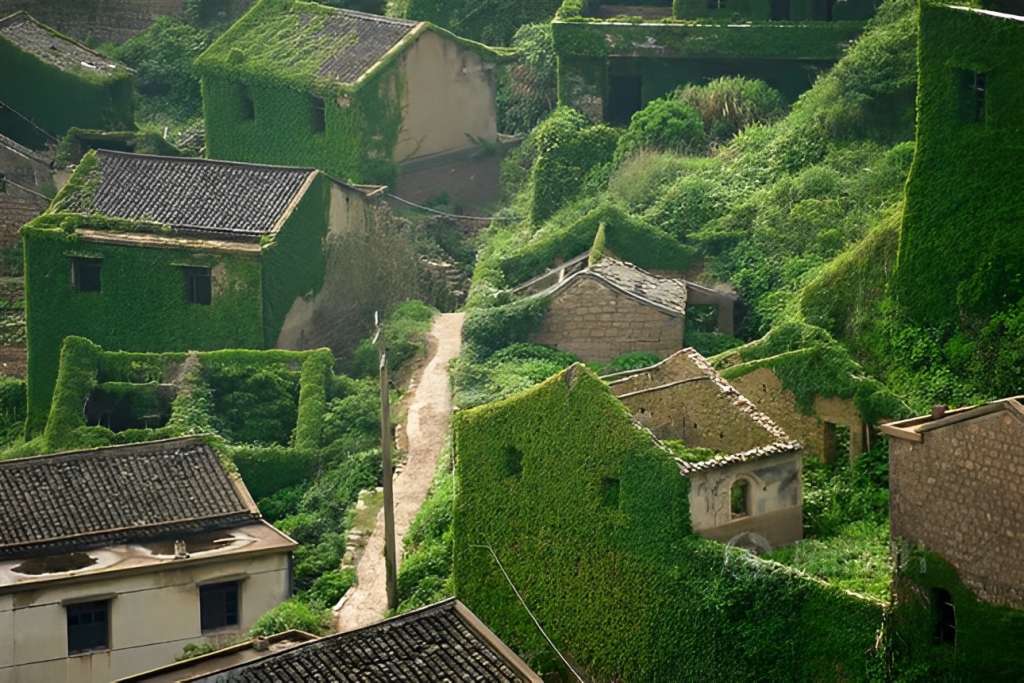
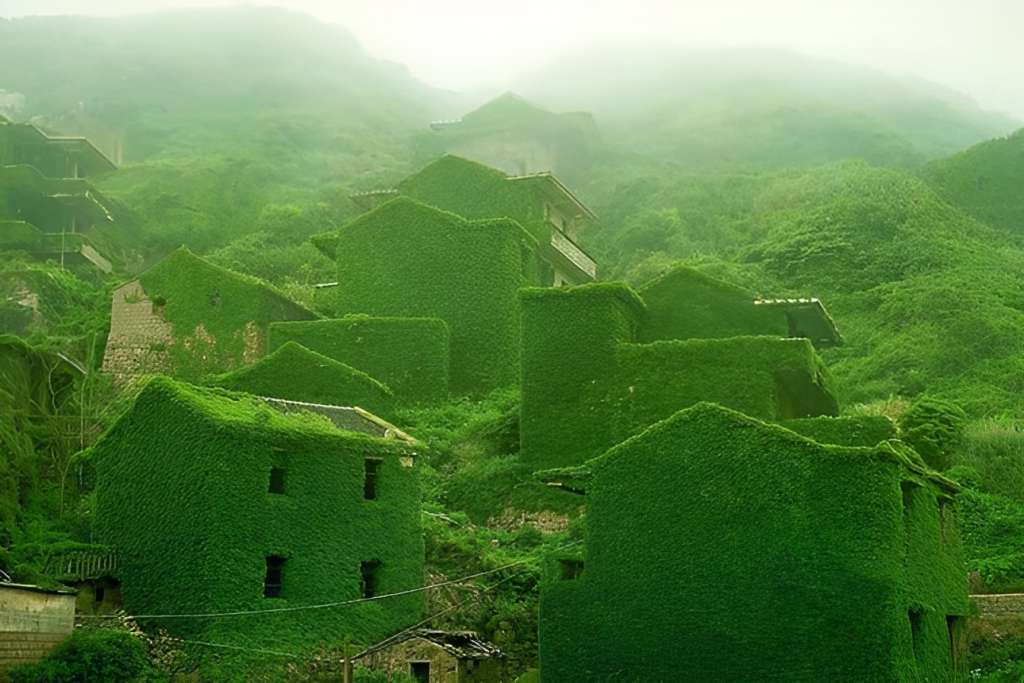
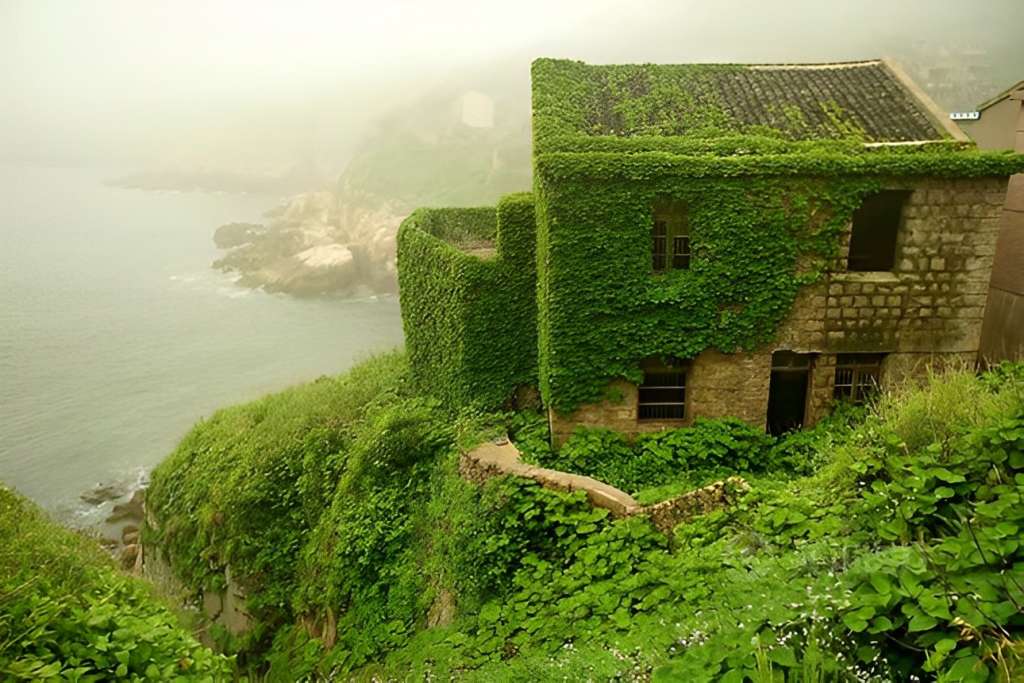

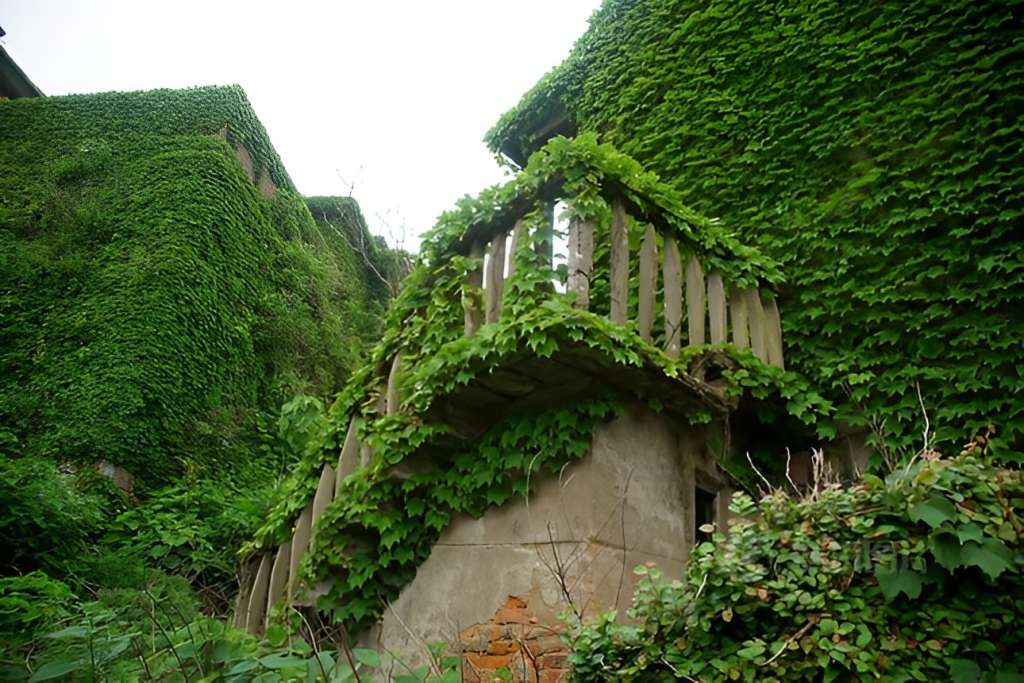

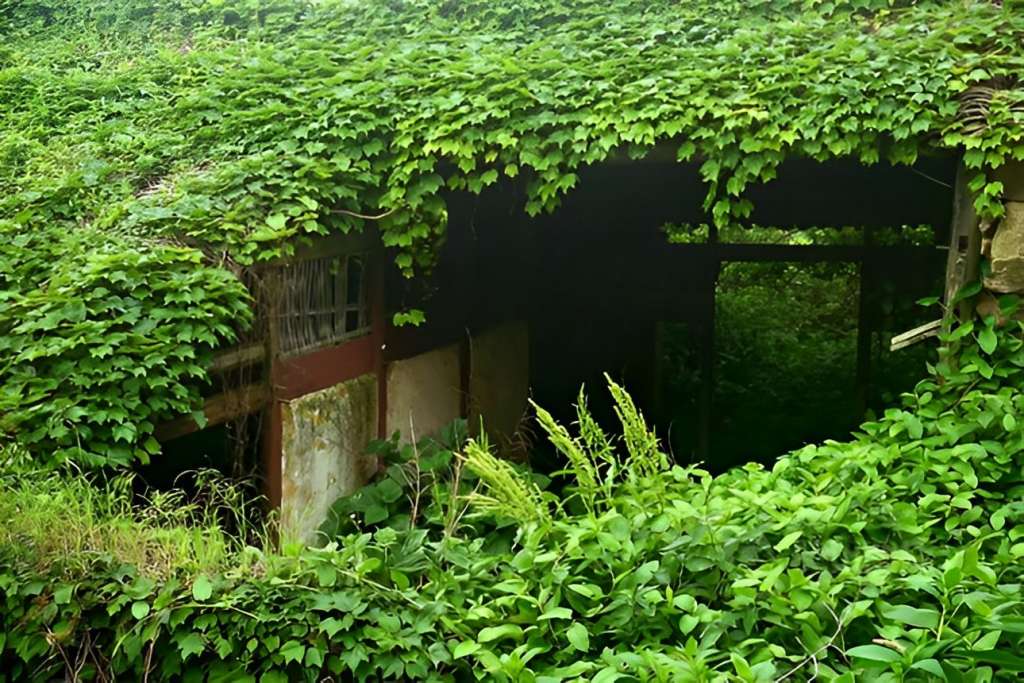
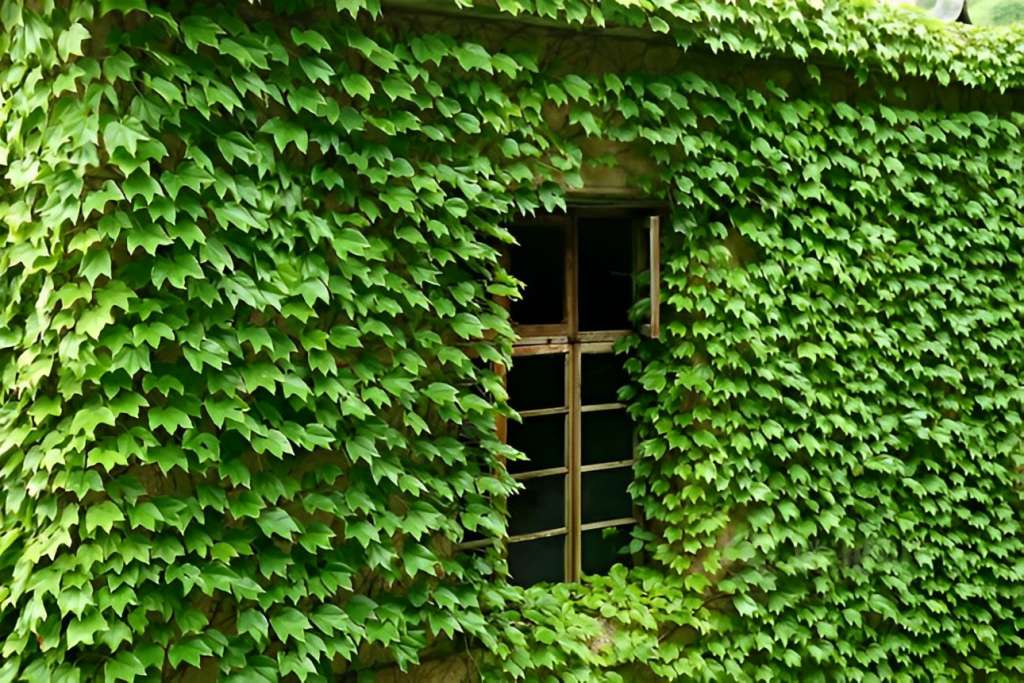


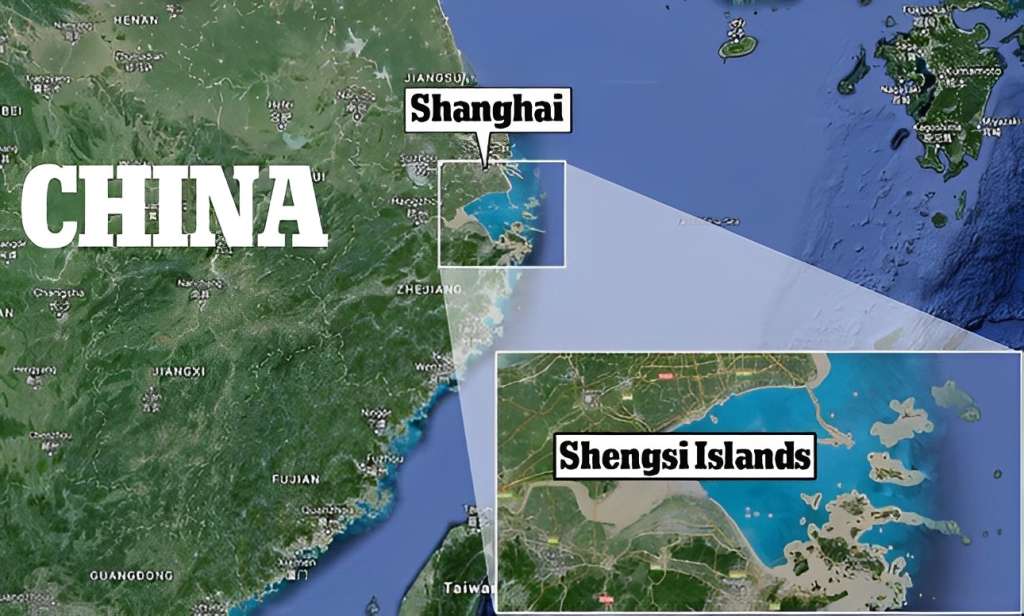
Geography And Climate of Houtouwan
Houtouwan is a small fishing village located on Shengshan Island in the Shengsi Archipelago of China’s Zhejiang Province. It’s surrounded by mountains on three sides and faces the East China Sea. The isolated area is known for its rocky terrain and lush vegetation, making it an attractive destination for tourists who are looking to explore unique landscapes.
The climate in Houtouwan is subtropical, with temperatures ranging from 4°C in winter to around 30°C in summer. Rainfall is abundant throughout the year, with an average annual precipitation of 1,600 mm. This makes it an ideal spot for agricultural activities such as raising crops and livestock. In addition, the surrounding waters are rich in marine life, providing locals with ample amounts of seafood.
Houtouwan has been abandoned since the late 1990s when many of its residents moved away to look for better job opportunities elsewhere. Despite being deserted for decades now, it still retains its rustic charm which draws visitors from all over the world each year. Its picturesque scenery and laid-back atmosphere make it well worth a visit if you’re ever nearby.
Accessibility And Transportation of Houtouwan
Houtouwan is a remote fishing village, and it can be difficult to access. The only way to get to the village is by boat, as there are no roads that lead directly to the abandoned settlement. Visitors must take a ferry from Shengsi County and make their way up the winding coast of Shengshan Island.
The journey takes around 2-3 hours depending on sea conditions, and visitors should bring supplies with them since there are no stores or restaurants in Houtouwan. It’s also important to check the weather forecast before making the trip, as strong winds and rain can make it impossible to travel by boat.
Visitors should also be aware that there may be limited space on ferries during peak times, so it’s best to book tickets in advance if possible. Additionally, those travelling with large groups or carrying heavy luggage may need to rent a private boat in order to reach Houtouwan. As such, planning ahead is key for anyone who wishes to visit this fascinating abandoned fishing village.



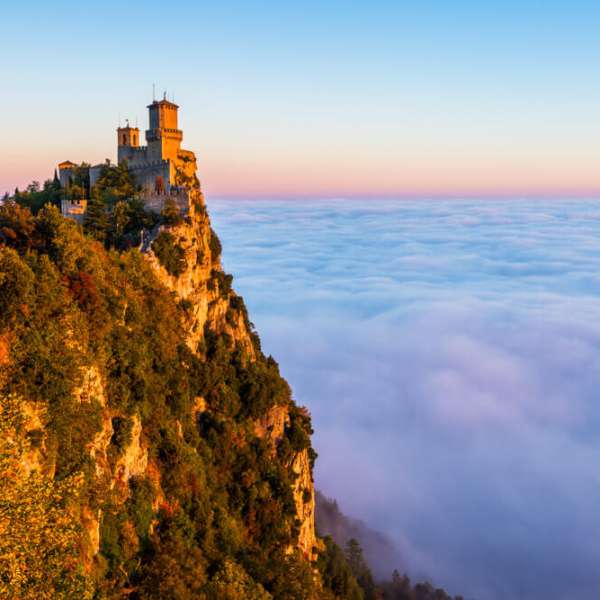

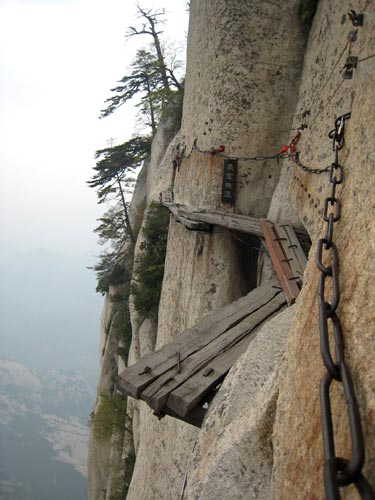

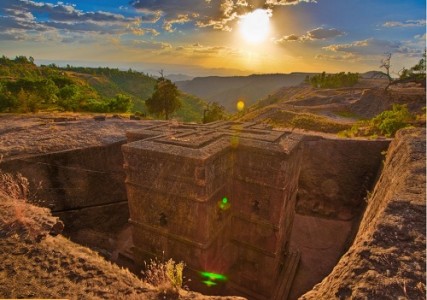


Leave a Comment